What is cherry coccomycosis and how to deal with it?
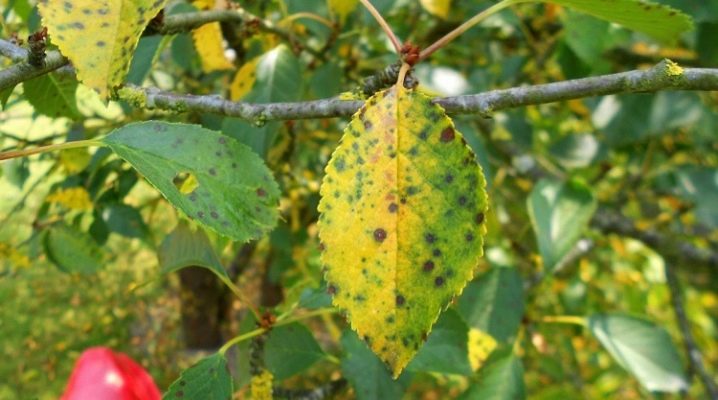
Hot and humid weather can lead to the development of fungal diseases, which result in damage to the vegetative mass, early fall of foliage, and weakening of the natural immunity of the plant.
For young plants, this can mean death due to the inability to withstand cold and winter conditions. Knowing what cherry coccomycosis is and how to deal with it, you can prevent crop loss and cherry freezing. The optimal option is considered to be a complex treatment method, begun at an early stage of the development of mycotic invasion.
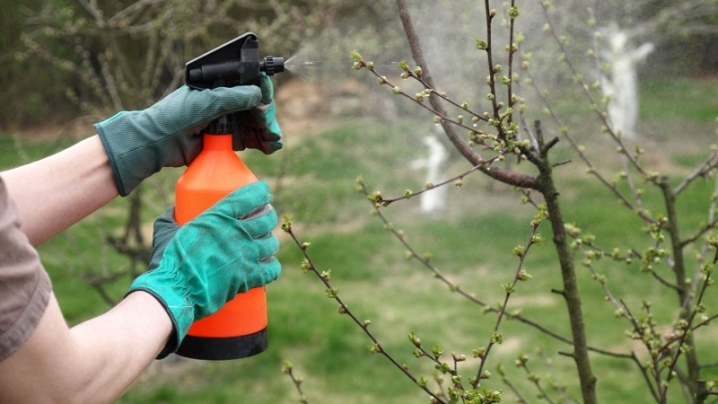
What is it and why does it appear?
Along with moniliosis, cherry coccomycosis is a serious danger, widespread in regions where climatic conditions allow the cultivation of stone fruit trees, especially cherries and cherries. The latter type is considered by summer residents to be whimsical and capricious, requiring close attention. One of the reasons for this is susceptibility to disease, so breeders have worked hard to obtain varieties that are resistant to fungal infections.
Moniliosis and coccomycosis can also occur on other fruit trees (apricot, peach, almond, plum and cherry plum, thorn). However, the most common terminological combination for designation indicates that cherry is a favorite tree for the distribution of reddish-brownish spotting.
This is the second name given to the disease based on the initial symptoms that can be seen on the leaves of fruit trees.
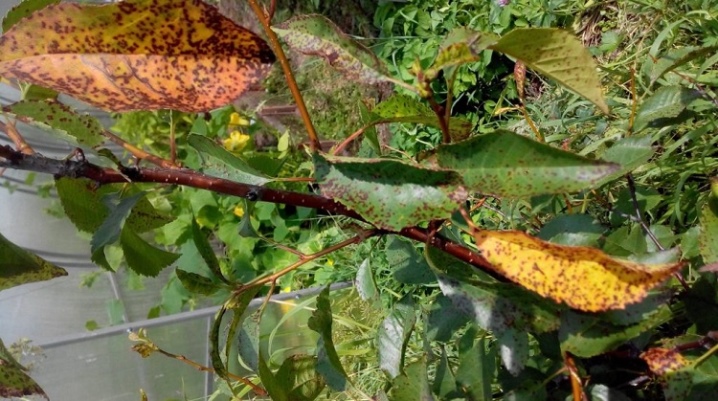
Description in scientific sources suggests that:
- the causative agent of coccomycosis has two stages of development - teleomorph and anamorph;
- phytopathogen most characteristic of sweet cherries and cherries and is the greatest danger for these fruit plants;
- the first symptoms of damage can be detected not only on leaves, but also on young shoots, fruits or stalks;
- the start of the manifestation of negative symptoms - the end of spring - the beginning of summer, and at this time, you should especially carefully monitor the condition of the trees;
- lack of systematic treatment leads to the death of culture after 24-36 months;
- the primary infection spreads after the formation of apothecia from the overwintered in the form of a compacted mycelium of a phytopathogen;
- from a ripe and burst apothecia ascospores spread throughout the garden;
- the pathogen may appear in the form of conidia (exogenous spores) if hibernates in the conidial stage.
A dangerous fungal infection can be found on trees in North America and Europe, in the post-Soviet space - from Moldova to the European part of Russia and the North Caucasus. Proper agricultural technology and garden maintenance allows you to avoid infection or heal trees in a timely manner. The correctness of this postulate has been proven by many years of practice and scientific observations.
Most often, fungal infection occurs on neglected plantations or summer cottages, where the owners do not provide their trees with proper care.

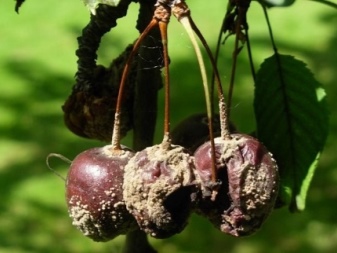
Ways to fight
It is necessary to fight mycotic lesions immediately from the moment of detection: the earlier a destructive phytopathogen is found, the faster and more successful the treatment will be. Control measures are very conditionally divided into agrotechnical and chemical ones, but this is a somewhat outdated differentiation.You can treat a diseased tree using folk remedies that are effective in preventive treatment and at an early stage.
If you permanently spray with the same chemical agent, it is noted that the phytopathogen develops addiction, followed by resistance, therefore it is recommended to alternate preparations. It is necessary to fight the disease systematically. There is a lot of talk about the fact that fungicides, the mechanism of action of which on fungal colonies and spores is not well understood, reduce the ability of bees to resist varroa mites, which are considered the main causes of colony collapse. Therefore, it is recommended to place special emphasis on biological agents that are safe for humans and insects. A special advantage of the bio-method is that it is possible to spray a garden or individual trees at any time - during flowering and fruit formation, before harvesting, and this will not harm either a person or his wards: cultivated plants, beneficial insects.

Chemical
Treatment with chemical compounds is considered the most effective method of combating coccomycosis. On the shelves of specialty gardening stores, you can find a whole arsenal of long-used and recently developed solutions, powders and gels. All of them are supplied with detailed instructions from the manufacturer, which indicate the method of preparation of the solution, precautions for the gardener - equipment, weather, time of day and removal after the end of the procedure.
The destruction of fungal spores, undertaken for preventive purposes, is carried out in early spring. It is during this period that their effects on the buds, flowers and leaves can be avoided. It is necessary to alternate chemicals so that the pathogen does not develop resistance to them, and re-treatment will be required as soon as the cherry is finished flowering.
During the period of ovary formation and fruiting, it is recommended not to use chemicals with copper. Double processing will be required in application "Sora", "Horus"... 4 times will have to do spraying if used "Oxycom" and "Abiga-peak"... Contact fungicide is sprayed on trees three times "HOM". But only Topsin-M, systemic drug, effective after a single use.
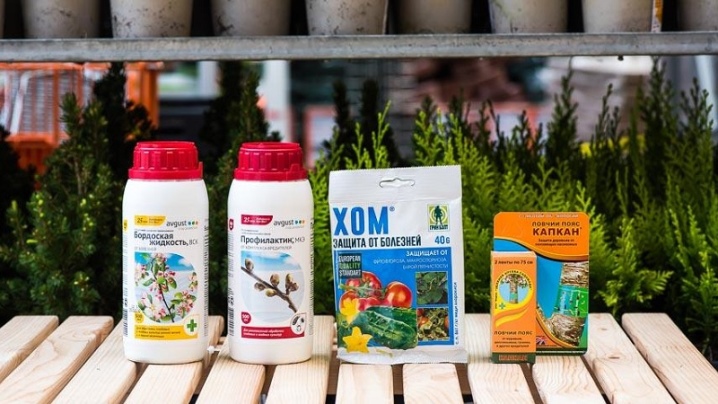
Biological
The tendency not to use chemicals and to use safe means of combating mycotic infections is commendable, it helps to avoid the destructive effects of toxic compounds on the environment. However, this method, in addition to the indisputable positive features and tangible disadvantages.
Biofungicides are not cheap pleasure, which requires systematic use and can significantly affect the gardener's budget, especially if there are a lot of trees. A single treatment is ineffective, as are measures at a significant stage of infection development. Biological methods work well, provided that the fungus has not received the opportunity to significantly spread. Falling leaves, cracking bark, deformation of shoots and branches are signs of significant damage when biological agents no longer help. Some of them are focused on a certain period - for example:
- "Aktofit" can be used only at the stage of bud formation;
- "Fitodoctor" and "Mikosan" will be needed after the end of flowering;
- "Planriz" it is recommended to spray before harvesting;
- Penconazole, Trichodermin and Fitosporin-M are considered universal, there is no strong advice for use in a certain period.
It is enough to notice a reddish-brownish spot on the leaves and you can begin to carry out a treatment that is safe for humans and insects.
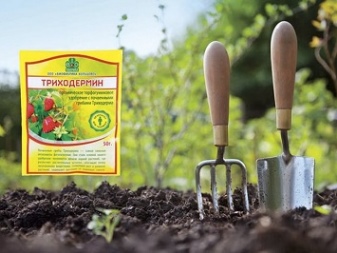
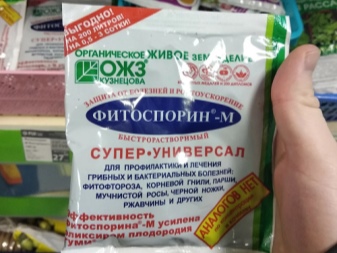
Agrotechnical
Experts recommend carrying out autumn prophylaxis - immediately after leaf fall... Agrotechnical measures are a great opportunity to prevent the onset of the disease. This is the removal of dry branches, harvesting and burning of leaves.The effectiveness of the pruning carried out is fixed with garden varnish or paint - they are used when stripping moss, processing cuts and cuts. Disposal of residues is carried out by incineration. Tools used in the garden should be treated with alcohol or another disinfectant solution.
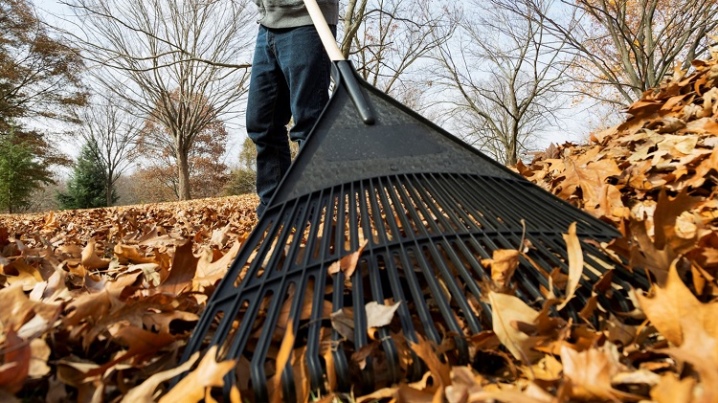
Traditional methods
One of the effective methods that absolutely all gardeners praise is an aqueous solution of wood ash and laundry soap. There are variations in the dosage used, sometimes tar is recommended instead of the household one. Processing is carried out weeklyincluding the trunk, branches and leaves on all sides. If the warm time is characterized by an increased amount of precipitation, you will have to do this more often, since the composition is unstable and will constantly be washed off.
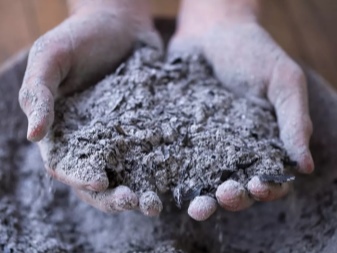

Prevention measures
They are considered the most effective way, since experts are sure that an infected tree cannot be completely cured, despite all the optimistic statements. Therefore, among the tips, you can certainly find recommendations not to engage in treatment, but to prevent the development of the disease. For this, various activities are carried out.
- Spring processing - immediately after the snow melts and the ground dries out a little. It is carried out with a solution of copper sulfate.
- Pruning branches is necessary at the same time when juices have not yet begun to circulate in the plant.
- Re-spraying is carried out before the buds open, otherwise it will damage the bee colonies.
- The scheme can include and post-flowering treatment, if the signs of the disease have become more pronounced or reappeared.
It is the preventive measures that gardeners with extensive experience are engaged in every year that, despite the hassle, are considered the most effective way to avoid coccomycosis.
However, there is another method - to acquire seedlings of varieties that are resistant to fungus, thanks to the work of breeders.
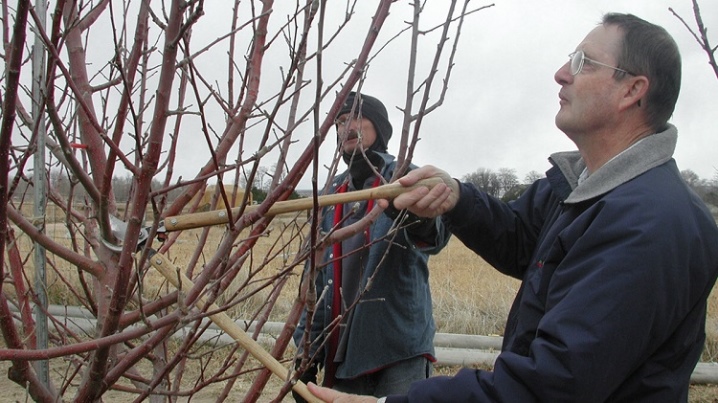
Resistant varieties
In dry and hot climates, you can safely plant Robinovka, Novella, In Memory of Vavilov and Komsomolskaya... The undisputed winners of the rating compiled for the Urals and Siberia are Lyubskaya, Malyshka, Nochka, Morel, Radonezh, Shpanka, Mayak and Sakhalin.
It is impossible not to mention about Bystrinka, Rovesnitsa, Antratsitova, Kharitonovskaya, Gurtyevka... These varieties are distinguished not only by high resistance to coccomycosis, but also by frost resistance, excellent taste.
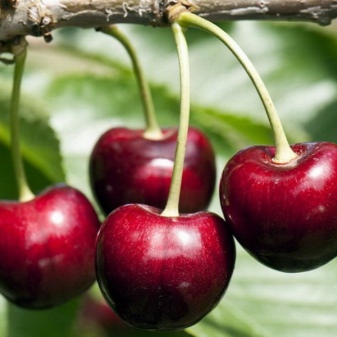
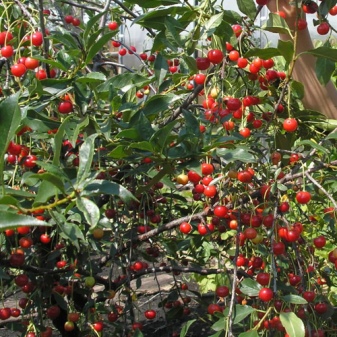









The comment was sent successfully.